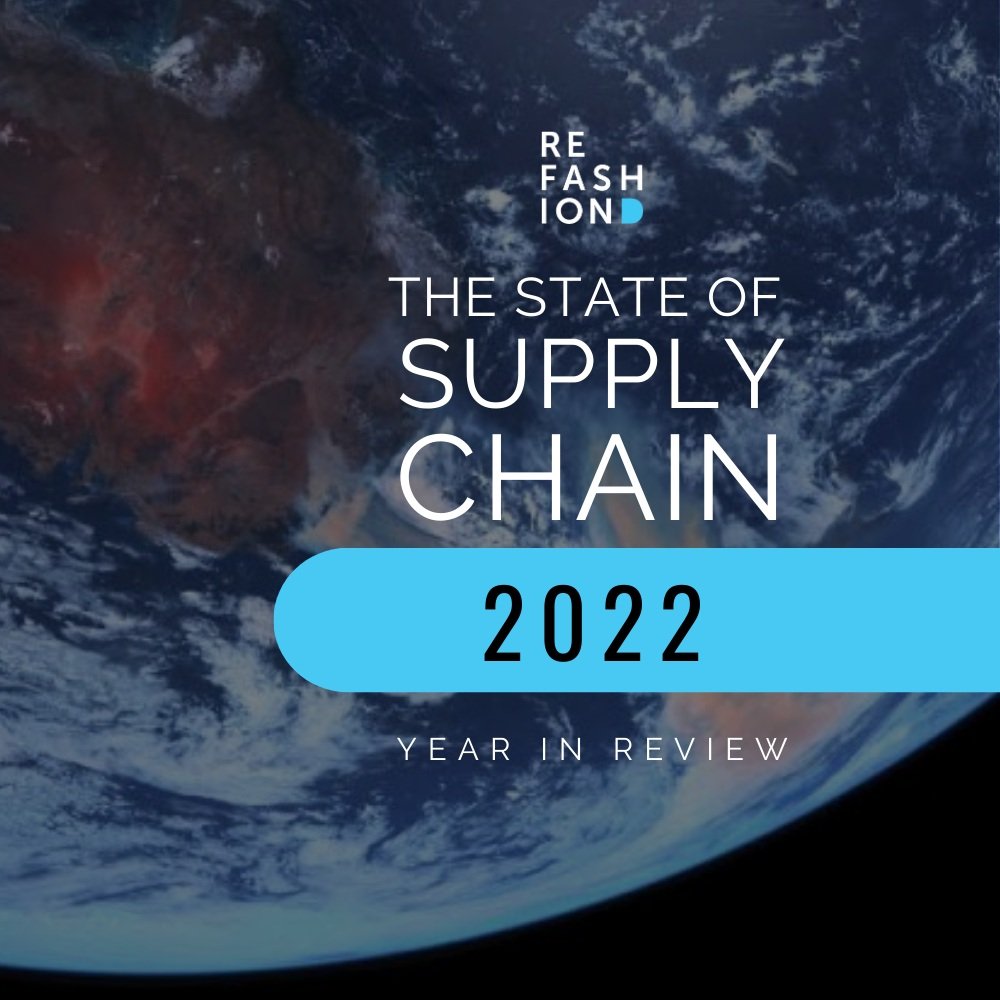Commentary: Digital freight brokers face a moment of truth
Commentary: How are shipping and freight professionals adjusting to COVID-19?
Commentary: More on how to collaborate during crises
Commentary: Grassroots organizations move faster in crises
Commentary: Can supply chain tech startups survive COVID-19?
Commentary: LifeBank Nigeria saves lives in Africa
REFASHIOND Booklet 2020
Complete the form below to download your FREE REFASHIOND The World is a Supply Chain 2020 booklet.
In this booklet, we…
Share a supply chain definition
Put supply chain challenges into context
Discuss why socio-cultural forces will act as the leading catalyst for innovations that define the future of supply chains
Explain why supply chains must be refashioned
Explain why the digital and technological transformation of supply chains is an economic issue, as well as one driven by evolving consumer preferences
Describe the role that early-stage venture capital can play in the transformation of supply chains
Describe how individuals, private investors, and governments can play a role in evolving us to the supply chains of the future
Looking for help with your agile supply chain strategy?
REFASHIOND OS (rOS) — A Boutique Consultancy Specializing in Leveraging Emerging Innovations to Drive Agile & Resilient Apparel Demand Chains
The story of how the United States went from producing 95% of the clothing it purchases in 1960, to the 2% level of today, is core to the unfolding opportunity of localized apparel supply chains. The U.S. market presents a huge opportunity to systemically refashion apparel supply chains to localized demand chains, for the benefit of our planet, leveraging existing U.S.-based apparel textile mills, manufacturing, and best of breed emerging advanced supply chain technologies.
The fashion industry’s complex web of global supply and production has enabled consumer benefits in choice, cost, and convenience, but at the peril of the challenges inherent to globalized supply chains, including; overproduction, opacity, risk, environmental damage and unsustainable resource consumption that is not tenable for population growth projections.
It’s time for a NEW PARADIGM of localized DEMAND CHAINS that operate and mature in the country responsible for the largest consumption of fast-fashion, producing 4 times the textile waste than any other country, and that has pulled out from the Paris Agreement on Climate Change — the U.S.A.
Companies must invest in their own supply chain paradigm shifts today because the innovations that will allow humanity to exist on our planet in the future didn’t exist even 5 years ago. The early stage companies that are launching today will define our collective futures.
REFASHIOND OS has been preparing for this NEW PARADIGM for years. Join us.
“Startups and innovators are our only hope for course correction by 2030. The future is being built today.”
What Are The Established and Emerging Business Models in The Global Fashion Industry Today?
This is the third in a series of six articles about problems and opportunities in global supply chains, with a focus on the fashion industry. In this article we explore established and emerging business models in the fashion retail industry. If you have not read the first two articles in the series you may do so using the following links: The Fashion Supply Chain Is Broken and Where Will Technological Disruption in The Fashion Supply Chain Come From? However, reading those two articles is not a prerequisite for following this discussion.
Where Will Technological Disruption in The Fashion Supply Chain Come From?
This is the second in a series of six articles about problems and opportunities in global supply chains, with a focus on the fashion industry. In this article we focus on trying to learn how executives at fashion industry incumbents may learn how to predict technological disruption in order to develop appropriate responses to the evolving environment that surrounds their companies. We start by briefly surveying some of the theory about disruption. Then, we delve into a series of brief historical analyses of technological disruptions in a number of industries. We try to understand those episodes by using the theoretical foundations developed earlier. Finally we ask the question that forms the basis for this article, by posing questions about potential sources of disruption in the global fashion industry, the issues that every team of c-level executives in the industry worries about daily.








